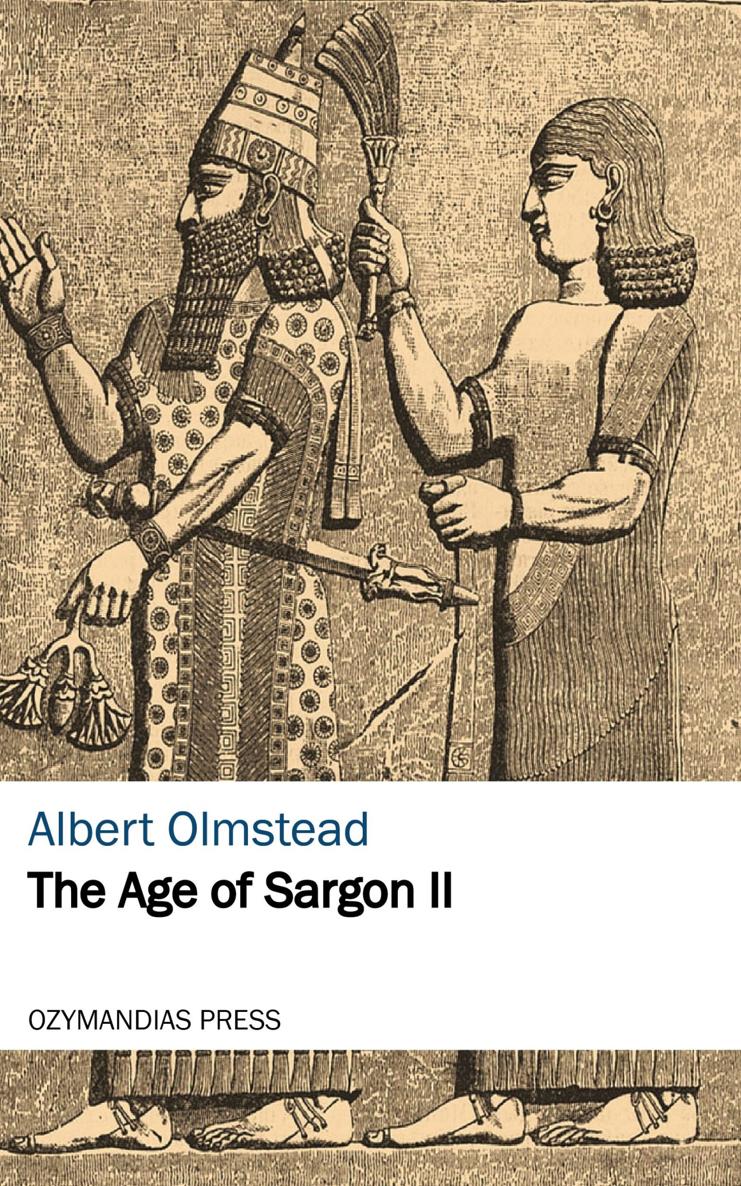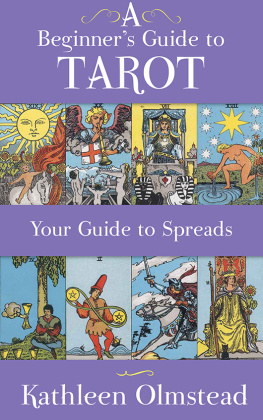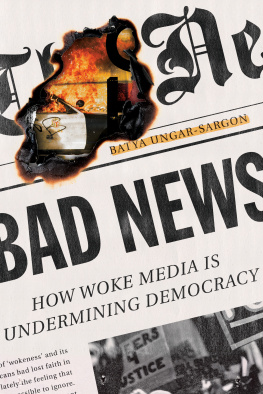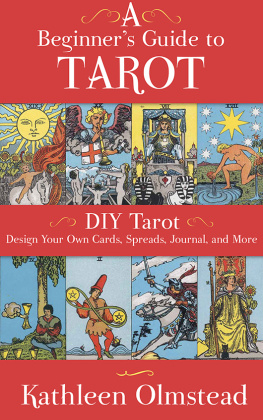THE SOURCES
THE RESURRECTION OF THE Assyrian world and the discovery of Sargon are synchronous. Prior to 1843, when Botta made his first excavations, it was no exaggeration to say that a case scarcely three feet square enclosed all that remained, not only of the great city, Nineveh, but of Babylon itself. When that scholar left his consulate at Baghdad to excavate in the huge shapeless mound of Khorsabad, a new world came into being. A new people and a new language, new customs and a new art, surprised the world; and Sargon, thus far known only by a single reference in the Bible, suddenly took his place by the side of Cyrus or Croesus as one of the great monarchs of the ancient Orient.
The first efforts of Botta were confined almost entirely to the securing of bas-reliefs and inscriptions. A later expedition, led by Place in 1851, yielded a less rich booty of such finds, but, by the careful uncovering of the whole palace mound, gave us what is still the best plan of an Assyrian palace. Another expedition, though adding nothing to our Assyrian material, gave Oppert an opportunity of studying the inscriptions and remains in situ. Thus for a considerable period, Sargon and his works were the most important matters Assyriologists had for discussion. But as new sites were excavated and new documents were found, the interest gradually shifted to other fields where more hope of startling discoveries was to be had. And, indeed, there is little reason to look for many new historical documents of Sargons reign being found; for the palace he built has been thoroughly excavated and most of the other places he occupied have been more or less fully explored. From the philological side there is no likelihood of great change, and the standard edition by Winckler is nearly final.
But though there is little call for a re-editing of the texts, two causes make a re-writing of the history very necessary. On the one hand, a large amount of new material has become available. This is not, of course, to any great extent of a historical nature. But in the wealth of letters, charters, business documents, and other material of this sort, we are not so very diffierently situated from the historian of Mediaeval Europe who uses the same kind of documents to check and amplify his chronicles.
But even more important is the change in our attitude toward these sources. We no longer are content with a collection, however exhaustive, of the material. We must first criticize our sources and then interpret them, not only in sympathy with the past, but with special reference to the historical demands of our own day. Let us see how all this affects our estimates of these inscriptions.
At first sight, nothing could be more certain than the accuracy of these sources. We have here no manuscripts corrupted by frequent copying. Our documents are originals, and, what is more, are the productions of contemporaries whose results are given us stamped with the stamp of official approval. Other reasons, no less potent though less recognized and less legitimate, were the natural prejudice in favor of the newest discoveries, especially when discovered in so wonderful a way, and the even more natural feeling of favor with which Christian men and women viewed the documents, risen from the earth, which so often refuted the over-zealous higher critic.
Our report must be much less favorable. These records are official. In that fact lies their strength and their weakness. The opportunities for securing the truth were ample. Royal scribes accompanied the various expeditions and the archive chambers were full of detailed reports from commanders in the field. But, like all official records, ancient or modern, these documents have been edited to a degree of which it is difficult to conceive. A few examples may not be out of place to show how far from trustworthy they are. Sometimes a foreign source may afford the needed correction, as when Rusash of Haldia turns up safe, sound, and victorious enough to erect the Topsana stele some time after the suicide the Assyrian scribes so pathetically describe, or as when the Hebrew account declares that the leader of the Ashdod expedition was the Tartan and not the king himself, or as when from the Babylonian chronicle we learn that the victory Sargon claims to have won at Dur ilu was really a defeat. In each of these cases there was every inducement for Sargons scribes not to tell the truth, while the foreign writers were under much less temptation.
But sometimes we do not need to go beyond Sargon himself. Out of his own mouth we may convict him of untruth. Note, for example, the three accounts of the fate of Merodach Baladan. In one he is captured. In the second he begs for peace. In the third, he runs away and escapes. Naturally, we are inclined to accept the last, and this is confirmed by the later course of events. But such an occurrence raises a doubt in our mind as to the accuracy of other cases where the official accounts do not agree among themselves. When, for instance, we have one account of the Ashdod expedition in which we are told that Iamani was captured and another where we learn that he fled to Meluhha whence he was brought back, we are inclined to wonder if he did not really escape.
Another question and one which must affect our estimate of Sargons character, is how far the use of the first person actually means personal command in the field. In one or two cases, where the absurdity of this would have been self-evident, due credit is given to the local commander. The use of the first person means no more than does the triumph of a Roman emperor mean that he was in the field himself. In many cases it would clearly have been impossible for Sargon to have been in widely separated parts of the empire at practically the same time. Many campaigns are too petty for the great king to have troubled himself about. Only once does the Hebrew allow us to check and then, in the important Ashdod revolt, it is the Tartan and not the king who is in command. Indeed, from the letters and the prayers to Shamash, we find that it was the exception rather than the rule for the king to war at the head of his army. In several cases it has already been recognized that we must see separate movements under separate commanders to the consequent clearing up of the history. Much must still be done along this line.
A mere reference may be made here to the exaggerated and discordant figures given in the various documents. The plea of Oriental disregard for numbers may be made, but can hardly stand in the face of the small and exact numbers of the epistolary literature. Nor should we forget the stereo-typed formulae which have no more real meaning than have the accounts of battles in Diodorus. Enough has been shown, it would seem, to indicate the care with which we must study these sources, even when their statements are not directly challenged by other evidence. Even within the official inscriptions themselves there are groups of varying degrees of trustworthiness. Unfortunately, the one least valuable is the fullest, and has, until the present, been too fully trusted. Unfortunately, too, our other evidence is of a fragmentary character and so often we must accept the version of the official inscriptions of this group or trust to mere conjecture. This group is that comprising the various documents dating from about the year 707 and coming down to us inscribed on the walls of Sargons new capital of Dur Sharrukin. It includes the Annals, the Annals of Hall XIV, the Display Inscription, which form a sub-group of larger inscriptions, and a group of smaller ones including the Cylinders from the foundations, the inscriptions on the Bulls, the tablets found in the foundation stone, those on the gate pavements, and those on the backs of the sculptured slabs.










